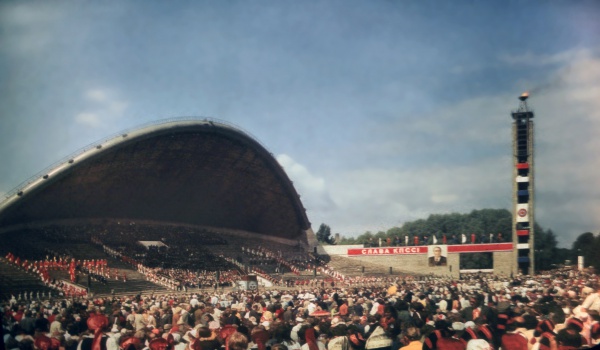Facts About Estonian Song Festival
The Estonian Song Festival, held every five years in July at the Tallinn Song Festival Grounds, is a revered cultural event that unites a colossal choir of over 30,000 singers. This grand performance attracts an audience of approximately 80,000 individuals and is globally acclaimed as a Masterpiece of the Oral and Intangible Heritage of Humanity. The festival is concurrent with the Estonian Dance Festival, creating a lively celebration of Estonian culture.
The origins of the Estonian Song Festival can be traced back to the Estonian national awakening. The inaugural festival took place in Tartu in 1869, spearheaded by Johann Voldemar Jannsen. Initially, the event showcased performances by men's choirs and brass bands. However, by the fourth festival, mixed choirs were also participating. In 1896, the festival relocated to Tallinn.
The Soviet era ushered in significant alterations to the festival. Beginning in 1947, Soviet authorities mandated the inclusion of foreign songs. The festival's repertoire had to comprise the State Anthems of the Estonian SSR and the Soviet Union, along with "The Internationale." The participation of children's and boys' choirs increased the number of singers to between 25,000 and 30,000. Moreover, the Dance and Gymnastic Festival of the First Estonian Games, which commenced in 1934, set the stage for the National Dance Festivals that now accompany the Song Festival.

 Latvia
Latvia